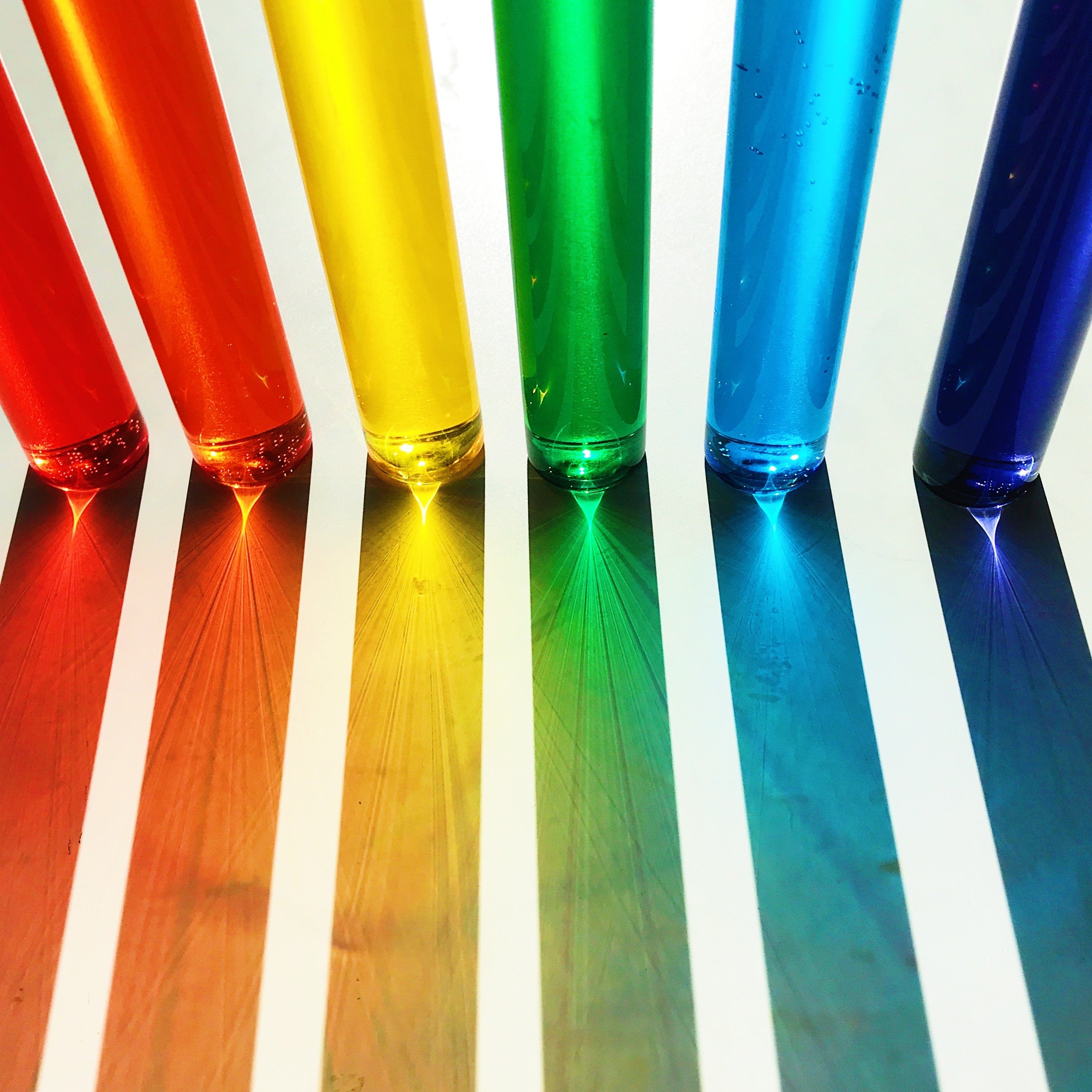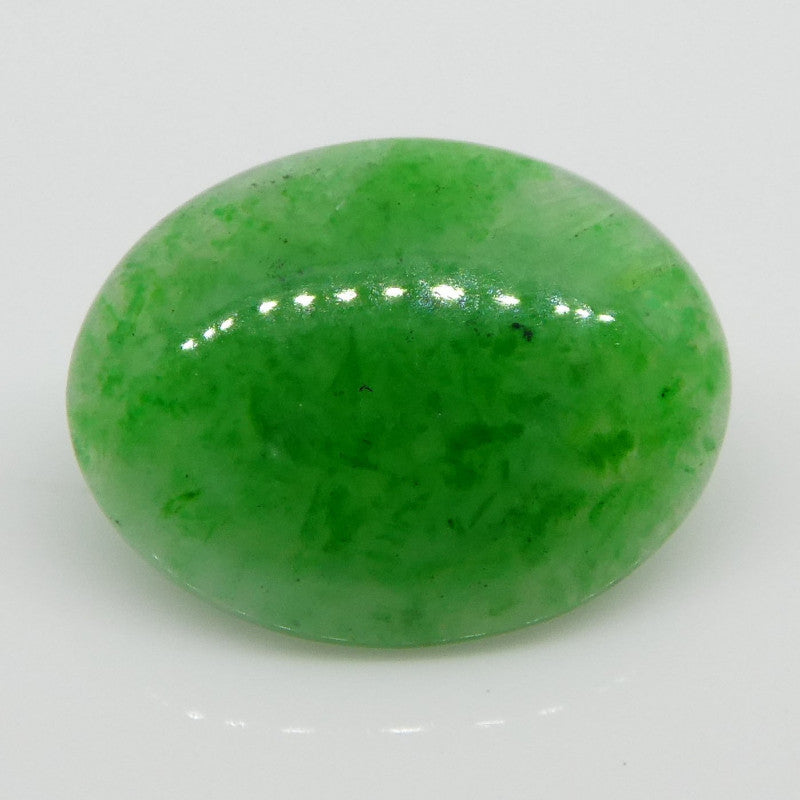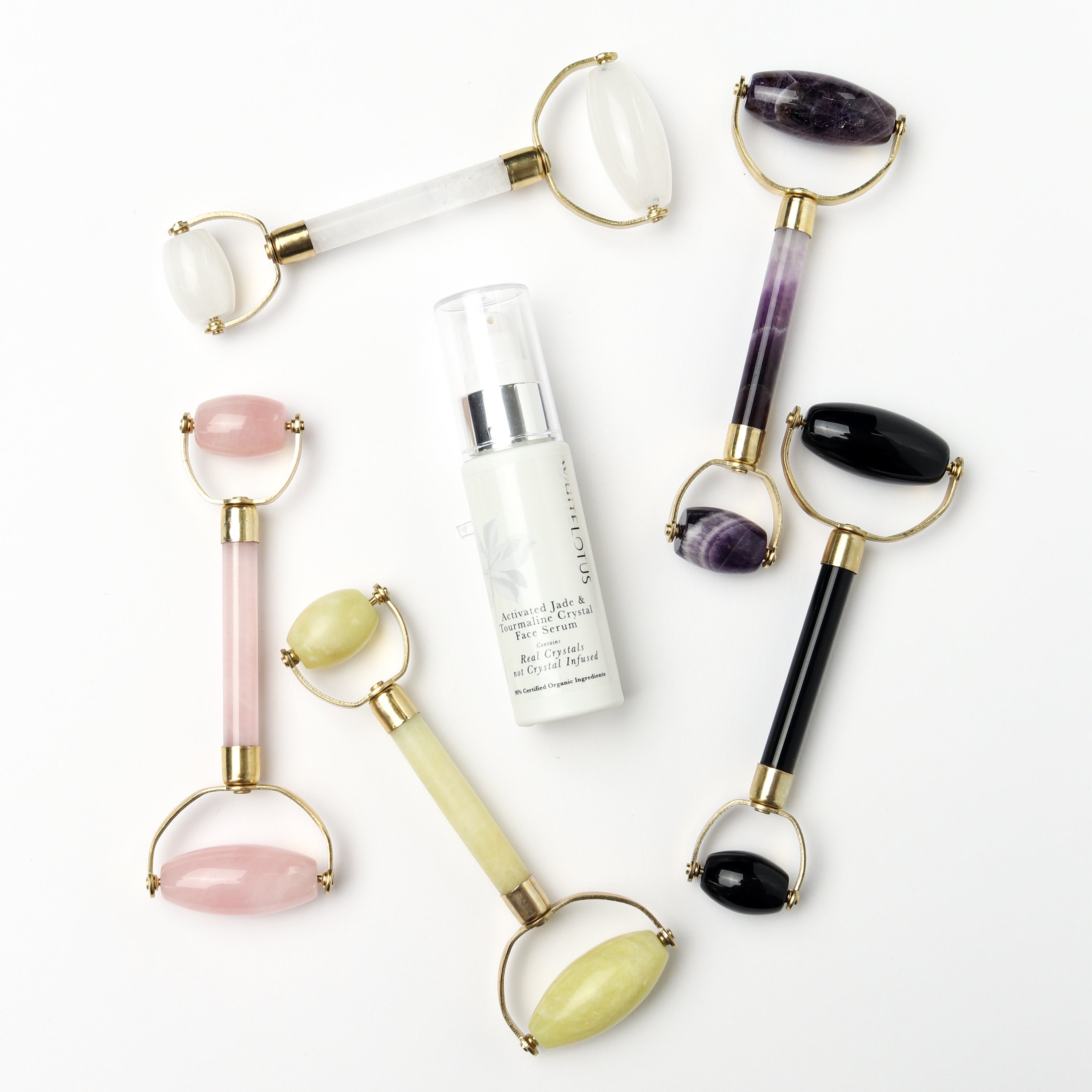
Artificial Colours in Skincare
Artificial Colours in Cosmetics and Skincare
Recently there has been a dramatic growth in skincare products sporting beautiful yet highly unnatural almost fluorescent colours. These colours are very attractive and help beauty brands stand out in a crowded market and on photo based sites like instagram but how are the colours produced and do you really want them in a product you place on your skin?What are Artificial Colours or dyes?
Essentially they are dyes made form a variety of synthetic chemicals. The first key problem with this is that a single dye can be formulated from dozens of chemicals that dont have to be individually listed on the label. This process makes it extremely difficult to know exactly what you are exposing your body to.
What are the risks of Artificial Colours in Cosmetics?
This depends entirely on the types of dyes used and the chemicals they contain. Many synthetic colours are associated with skin irritation and can block the pores which hinders the natural breathing process of the skin. This can lead to acne and is far from ideal in a skincare product.
Historically some artificial dyes used in both food and skincare have been associated with severe health problems and even death. Thankfully regulation makes this less likely now but since 1973 there has been further speculation that synthetic colours may be affecting our internal systems. The most striking proposition is that they may be linked to ADHD like hyperactivity (1). These links are yet to be conclusively proven and would depend on the specific chemical additives used.
Across the globe dermatologists amongst others are seeing dramatic rises in the number of cases of allergies from the mundane to the life threatening. The rise in use of previously unknown chemicals is a key suspect in the search for a cause of this epidemic. For this reason alone anyone seeking a natural skincare solution should be on the look out for these dyes in their cosmetics.
How is the use of synthetic dyes in cosmetics regulated?
It is done by country or in the case of the EU by one certified group. New synthetic dyes are constantly being developed and regulated as safe or banned. This is a very difficult area to regulate as it requires huge man hours and expertise. It is interesting to note that despite efforts to harmonise what is considered safe across the globe, large difference still exist. This means that a product considered hazardous in the USA under the FDA may be legal and considered okay to use in the EU and vice versa.How do you Identify Synthetic colors in the ingredients list?
Sadly this is often more difficult than it should be and is dependent on where you live. Detailed lists of allowed colours can be found on the FDA and EU websites as well as on the TGA in Australia. These lists ultimately make dry reading as it is very difficult to gauge the potential harm.Ultimately you are better off avoiding any unknown chemical names from the cosmetic products you buy. For those of you who need more assistance on this please follow the link to our guide on how to read a cosmetic label.
Are there natural alternatives to Artificial Colours?
Yes and no. There are natural alternatives including the followingCarotenoids (E160, E161, E164), chlorophyllin (E140, E141), anthocyanins (E163), and betanin (E162) comprise four main categories of plant pigments grown to color food products.[30] Other colorants or specialized derivatives of these core groups include: Annatto (E160b), a reddish-orange dye made from the seed of the achiote Carmine (E120), a red dye derived from the cochineal insect, Dactylopius coccus, Elderberry juice (E163), Lycopene (E160d), Paprika (E160c), Turmeric (E100)
Generally these more natural colours will not create the extremely bright colours you will see in some cosmetic products. It is worth noting that blue is a particularly hard colour to create naturally. There are some options including one formulated from spirulina, but ultimately if you see a skincare product which is blue investigate the ingredients thoroughly.
Conculsion
There is no functional reason to add colours of any description to skincare or cosmetic products. They do not improve the effectiveness of the products and are only added to enhance branding and sales. This improvement in sales benefits the seller not you the buyer and should not be at the detriment of your skin. Learn more about Cosmetic Ingredients
How to read a cosmetic product labelThe White Lotus Ingredient Pledge
Guide to Ingredients to Avoid
Browse the White Lotus Skincare range
1. Feingold, B.F. (1973). Introduction to clinical allergy. Charles C. Thomas.


